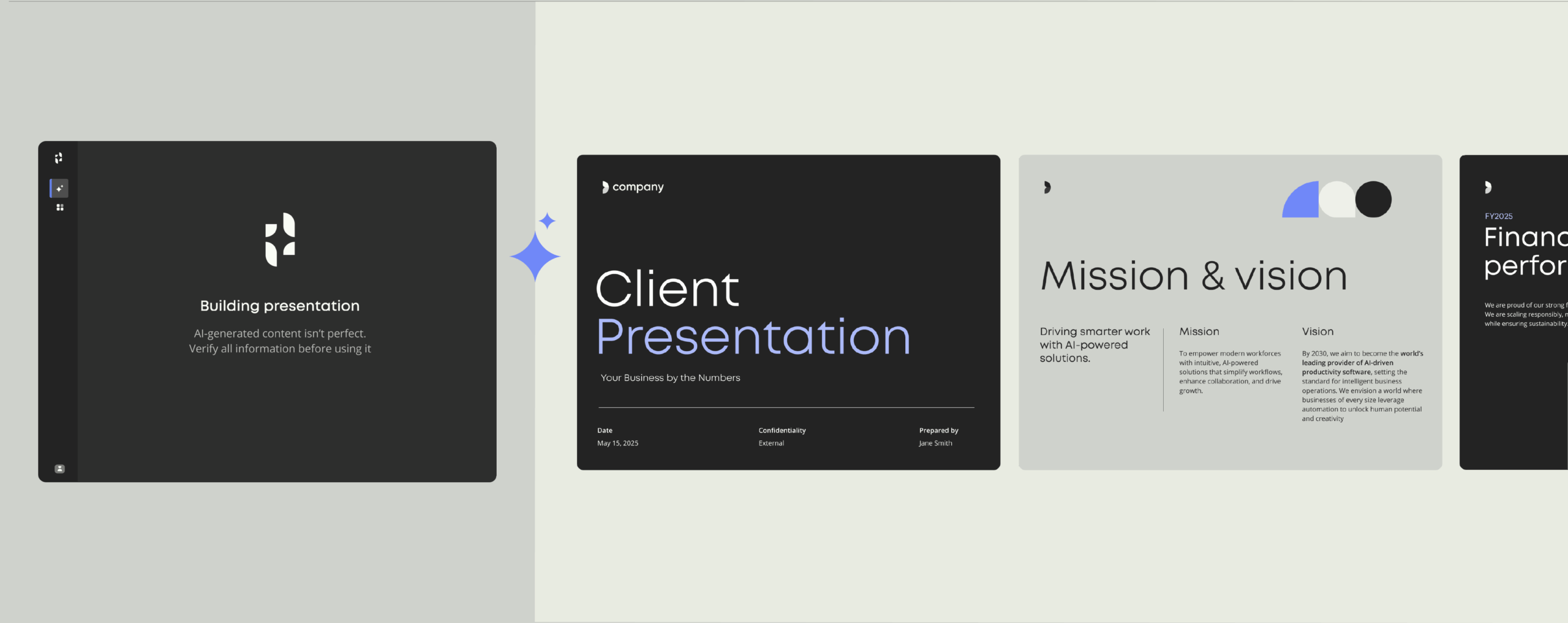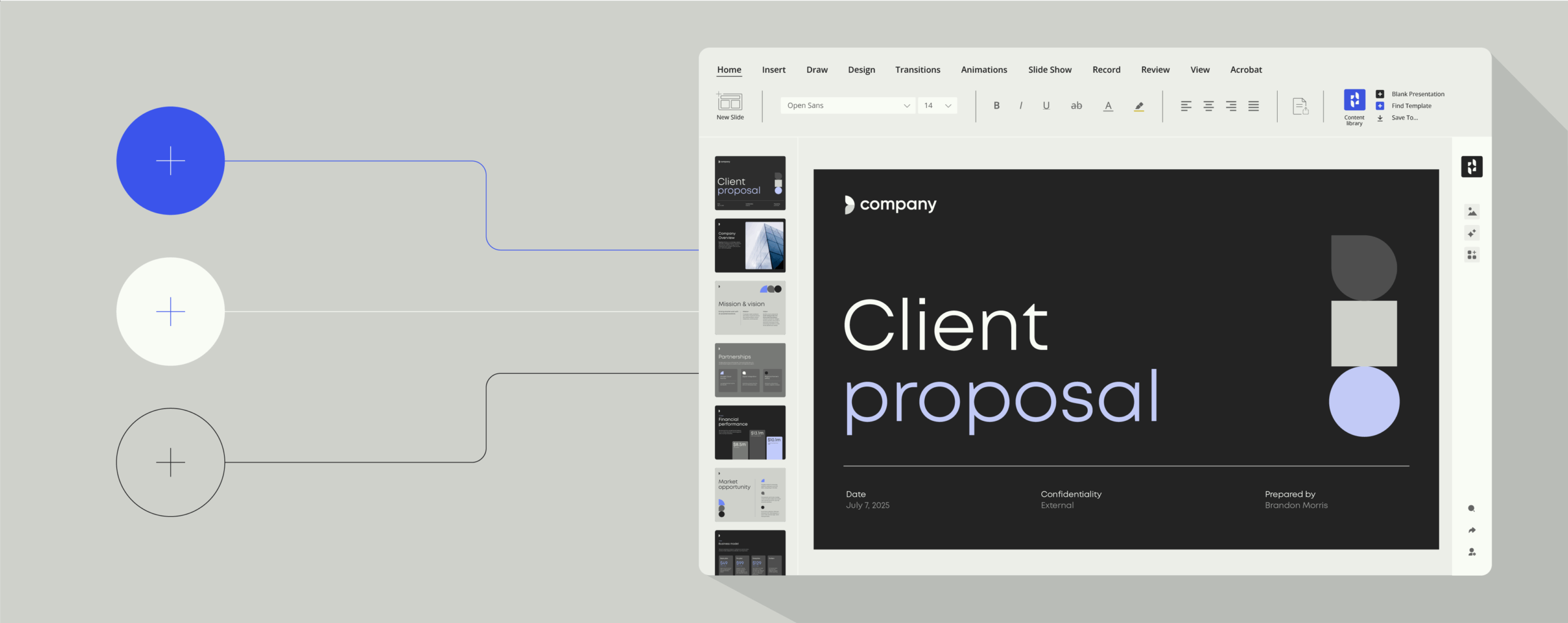The biggest obstacle to productivity might be your documents

About $10,000 is wasted on mismanaging digital assets each year.
Like financial asset management, digital asset management (DAM) is all about spreading the wealth and organizing all digital assets in a cohesive way that makes sense for your company. DAM as a money-saving tool writes, Christian Lund, co-founder of Templafy.
The C-suite’s urgency to improve the bottom line through a more streamlined workplace is nothing new. But for all their concern, company leaders continue to miss a key factor that can bring their operations to a crawl.
On average, professionals spend nearly half their workday searching for information and take a whopping 18 minutes to locate a single document. It’s no surprise, then, that poor document management accounts for 21.3% of productivity loss in an organization.
If the C-suite wants to get smart about making the operation more efficient, it has to consider how digital assets are governed. This means not just thinking about where documents and other assets are stored, but the process by which they are created and maintained. Failing to do so not only means a continued bleed on productivity but also invites serious risk to the business.
Leaders that still doubt a digital asset and document management strategy can provide opportunities to improve the business as a whole should consider the following:
Poor document and asset governance can damage your brand. Think about the significant time and money that goes into maintaining your brand identity. It’s a necessary and worthy investment to be sure, but its value takes a hit when your digital assets and documents are poorly governed. Without a central repository for all documents and templates — think forms, contracts, and sales decks — it’s impossible to be sure all employees are using the most up-to-date documents with clients and customers. This kind of inconsistency isn’t just confusing when shared externally, it risks the impression that your company is disorganized and unprofessional — the opposite of the values you want your brand to represent.
Documents can present a huge compliance risk
In the fully digital age, documents are being created at an astounding rate. When looking at your document management strategy, it is imperative you also consider the tools that are in place to ensure every single document created remains compliant with the rules and regulations of your industry. If your current solution doesn’t include template management and document automation, it’s very likely you have employees sending assets out the door with outdated disclaimers, disclosures and other critical information that can put you at risk if it is non-compliant. By incorporating cloud-based document automation and template management functionality, all assets can be immediately edited or updated, ensuring your employees are using the most current and compliant information.
Document automation saves serious time
When a single document can take nearly 20 minutes to locate, there’s a huge problem. But also consider how much time it takes to create a new document. When logos, company boilerplate and other important assets are in disparate locations, creating a new document can be a big undertaking. It doesn’t need to be with the right digital asset management system. Document automation and template management slash the amount of time it takes for your employees to draft a new deck, or create a custom order form from scratch that’s on brand and completely compliant from the start.
Incorporating document automation and template management tools into a digital asset and document management strategy can be a powerful answer for leaders looking for solutions to further efficiency. But the added benefit of reduced compliance risk and a stronger, more cohesive brand experience should also have the c-suite seriously evaluating if the company’s current solution is working. Think hard about how long it’s really taking your employees to access the assets they need. If the answer is anywhere close to the 18 minutes it takes at an average company, the clock is ticking while your competitors are engaging with proven solutions already on the market.
Christian Lund’s article originally appeared on MarTech Advisor. You can read it here


